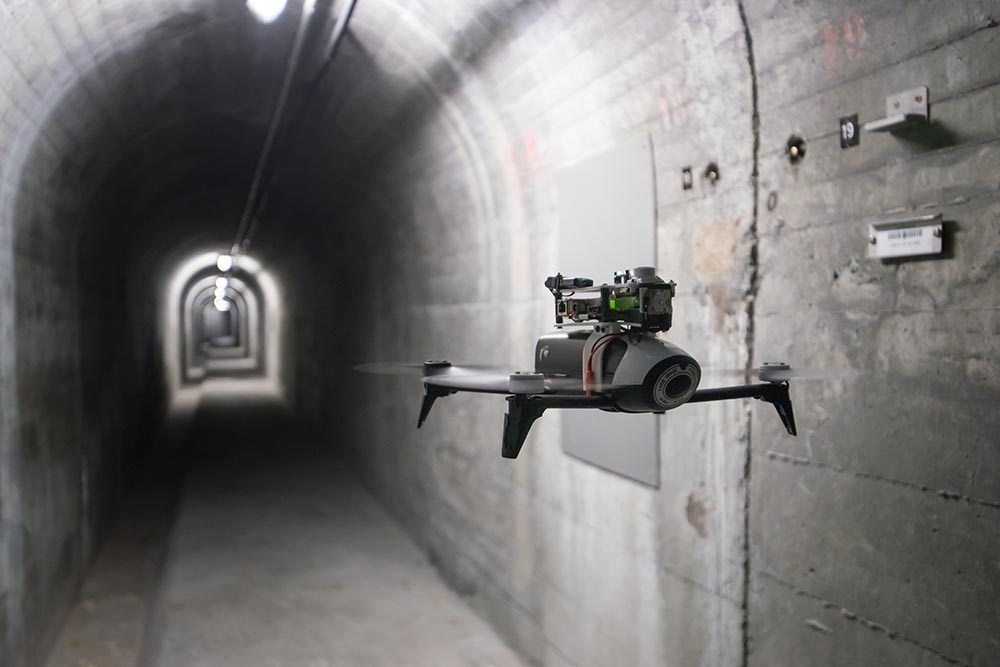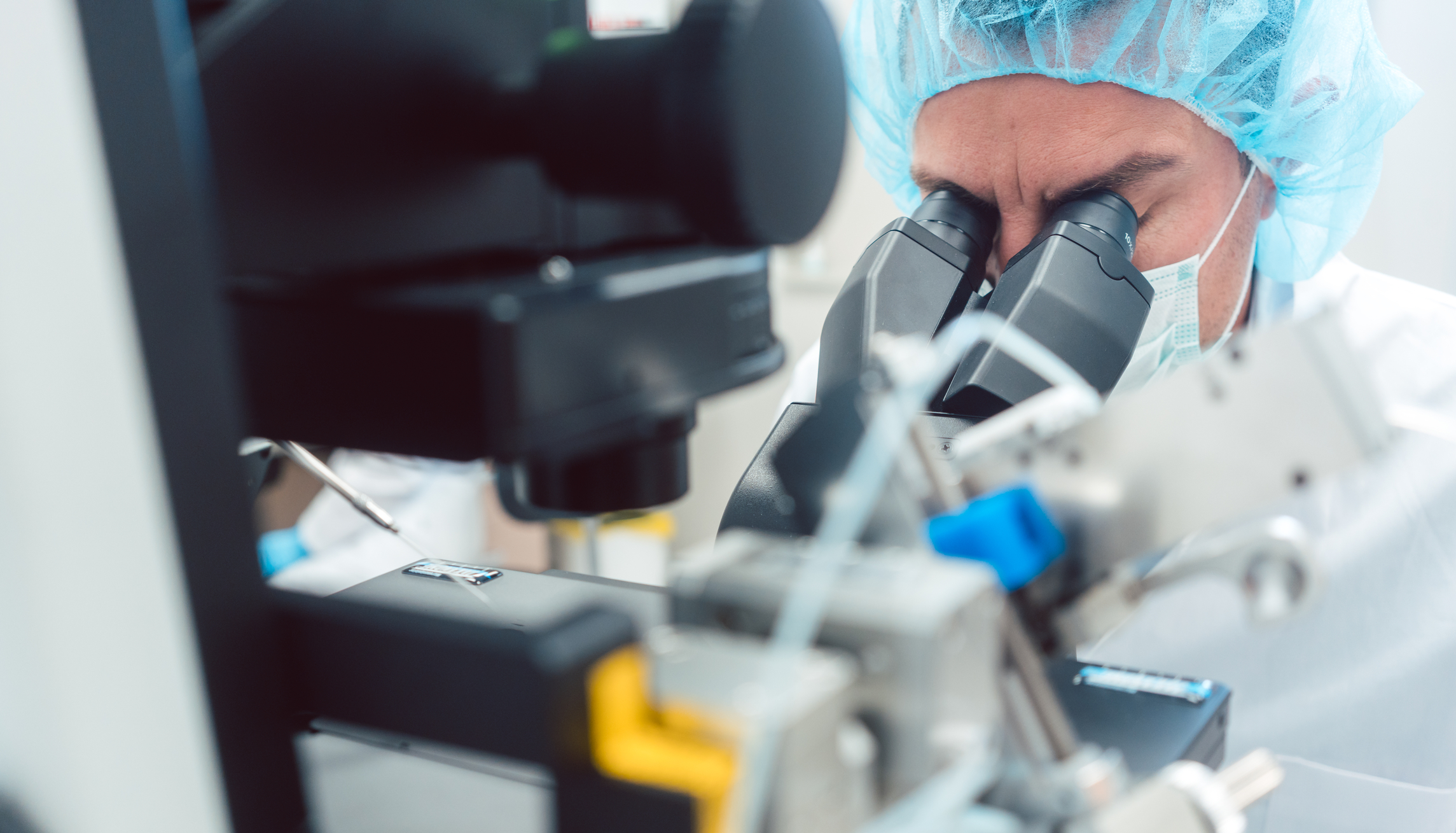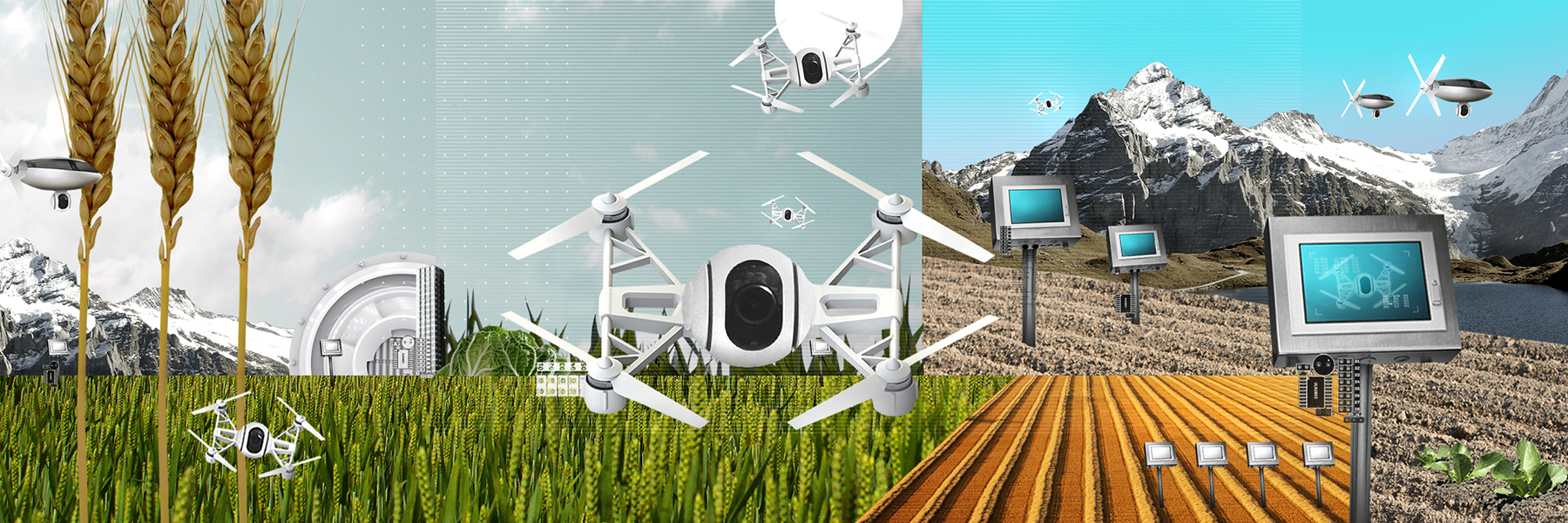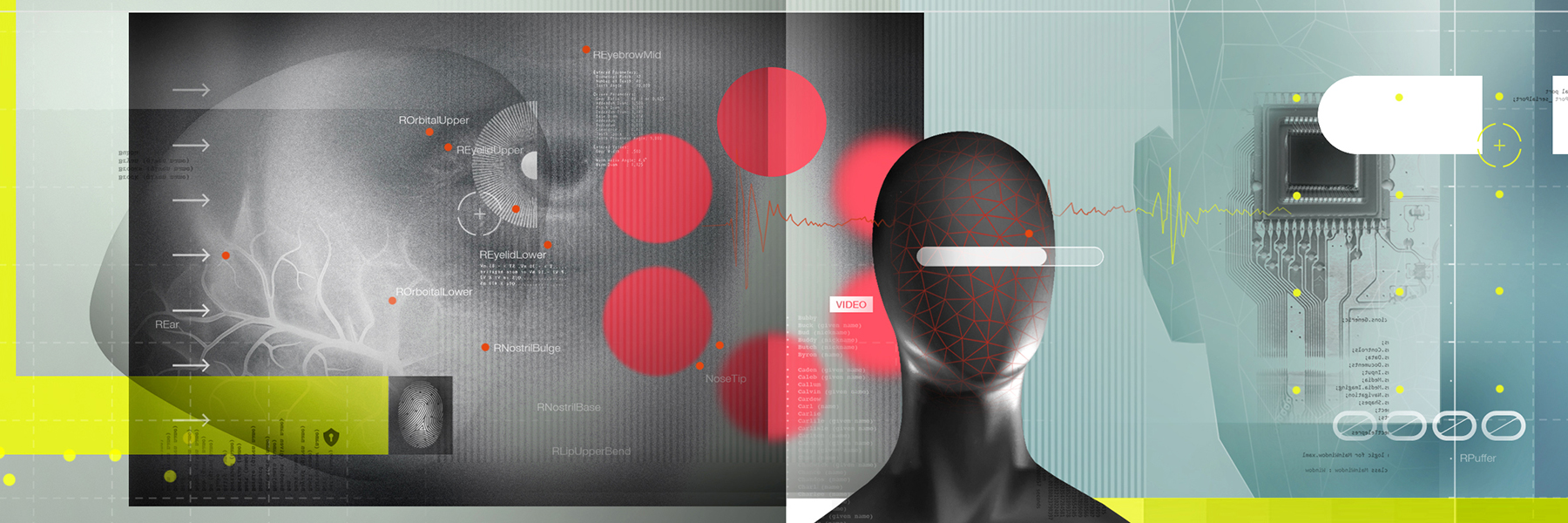Small drones monitor stocks of raw materials

Drones have become much more than toys or machines that spy or kill. They are bringing about a new era of industrial automation. One Swiss start-up is using them to take inventory of stocks of raw materials.
It’s dark and dusty inside the huge storage facility in Antwerp, Belgium, several football fields wide. A small drone flies nimbly around the obstacles in its path, avoiding metal girders on the ceiling and walls between the heaps of mineral ores. Without a pilot, without GPS, it finds its way around using the 3D plan of the warehouse stored in its memory. In a matter of minutes, it has noted the volume of all the stockpiles of metals stored here. It does this with an accuracy and speed which no other inventory approach can match.
“That just shows you what you can do with automating drones,” says Denis Libouton, sales manager at TinamuExternal link Labs. The start-up, which originated at the federal technology institute ETH Zurich, now provides the software for these inspector drones. Switzerland is already known for its drone manufacturers, but what is not so well known is that many of the best software programmes for them are also devised in Switzerland. Libouton says Tinamu’s goal from the beginning has been “not to be dependent on any particular maker, but to be able to automate drones of all sorts”.
In fact, they have concentrated on drones made by the French manufacturer Parrot, particularly the model ANAFI Ai, which uses the 4G network as its transmission system. This device, which can be bought for CHF4,000-CHF5,000 ($4,480-$5,600), is programmed to avoid obstacles when flying near metal structures – a practical consideration for inspecting the inside of a warehouse.
A business takes off
Last May, Tinamu announced the signing of a technology partnership with Parrot, which was the first company to market a toy drone controlled by smartphone. That was in 2010. Today, the company specialises in commercial and military drones. It has an annual turnover of €40 million (CHF38.2 million) and has about 170 staff.
Then last June, Tinamu with its staff of ten announced a capital raising of CHF1 million to pursue its expansion. The start-up had not been waiting on Parrot to score its first successes. Partly by chance, it got a foot in the door with one of the world’s leading commodities traders, Trafigura, which has its operating centre in Geneva.
“Through our network, we heard that Nyrstar, a subsidiary of Trafigura, was looking for an inventory solution for its stocks,” Libouton says. Nyrstar, a metals producer and trader, is a world leader in zinc and lead, and also processes copper, gold and silver. The Swiss demonstrated their solution in action at the multinational’s warehouse facility in the port of Antwerp, and it was accepted.
“We chose the system by Tinamu because of its speed and accuracy,” Nyrstar’s spokesperson told SWI swissinfo.ch in an email. The company had looked at other solutions like photography or radar, but too much data had to be produced and it was hard to process quickly. “Since the solution from Tinamu is automated, our warehouse staff don’t need to learn how to pilot drones, and as the drones don’t rely on GPS, they can operate indoors in a storage facility,” the spokesperson added.
He also confirmed that Nyrstar “looks forward to working with Tinamu at other sites around the world”.
Success right from the start
This was not all. Even before signing up the multinational company as a client, Tinamu had convinced a major player in Switzerland – without really trying.
Before demonstrating its system at Nyrstar’s site in Antwerp, the start-up needed to test it in a real-life setting. “So we went to see an engineering company dealing in construction supplies outside Zurich, and our solution impressed them so much that they told us right away they wanted the same thing!” Libouton says.
That company was Kibag, one of Switzerland’s leaders in the building industry. At their site in Regensdorf, near Zurich, they recycle a million tonnes of material from demolition sites each year to make gravel for construction. Managing the stocks is a crucial task, for they need to know, say, how much space they have available to store new material at any one time, and what volume has been recycled and is now ready for sale.
“Before, we just estimated it with the naked eye and put it down on Excel spreadsheets. It was tedious, it took time, and it wasn’t even accurate. We could never be sure,” says Urs Fischer, who heads the site at Regensdorf. For him and his team, the little drone that can do all this automatically and sends precise data in real time to their computer screens has quickly become indispensable. He can no longer imagine the facility working without it.
These two major clients, Nyrstar and Kibag, have now been joined by Axpo Tegra in Graubünden, eastern Switzerland. This subsidiary of the energy giant Axpo processes wood chips for power generation. The system developed by Tinamu has potential here.
It also has potential for future needs, thinking of the energy transition. For some of the metals it inventories are indispensable for electric car batteries. Supply and recycling of these metals is now regarded as critical and strategic, and it has become a major concernExternal link of the European Union. They will be supplied on a just-in-time basis – so inventory management will be all the more important.
High-tension cables, bridges, wind-farms, frameworks of industrial buildings: steel is present everywhere today, and the robustness of the structures made of it, or which it supports, is crucial.
In this field too, drones could make quick and efficient inspections, whereas methods used until now tended to require heavy equipment and produce inaccurate results.
Working together with the Resilient Steel Structures Laboratory (RESSLab) at the Federal Institute of Technology Lausanne (EPFL), the team led by Alcherio Martinoli launched a two-year researchExternal link project in June 2022. The aim is to come up with basic designs and methods using drones to gather data on steel structures in an autonomous and reliable manner and thus to enable inspections not requiring human involvement. This will mean developing navigational strategies for drones and data-driven techniques which will show whether a steel structure is bent out of shape or experiencing excessive stresses.
Towards self-piloting drones
“The things drones can do, and their capacity to self-operate, just continue to progress,” Alcherio Martinoli, who heads the Distributed Intelligent Systems and Algorithms Laboratory at the Federal Institute of Technology Lausanne (EPFL), told SWI swissinfo.ch in writing.
In his opinion, the usefulness of drones is no longer in question in industrial and professional applications. Indeed, “industry has already understood this and is likely to continue to develop this technology, which, as well as offering better-quality observation, helps to ensure the safety of staff”. Thanks to drones, workers are no longer having to expose themselves to hazardous situations and environments.

These drones will become more and more capable of relying on their own sensors rather than an external source like GPS to determine their location, Martinoli added. “Today we are developing new sensors, with new devices like ‘event cameras’, which provide no more information than the drone needs, rather than all the information contained in traditional imaging.”
Yet there are obstacles to be overcome, he notes. “Only using on-board sensors requires plenty of calculation and means you are working with many uncertainties.” In a working environment shared by humans and robots, automation of tasks becomes more difficult because the environment is more dynamic, but also owing to stricter safety regulations.
Be that as it may, drones are clearly on the up, and researchers are devising ways to involve them in work on places like ships, wind farms, pressure-pipes in dams, electricity pylons, bridges, nuclear sites, and even historic monuments.
Edited by Sabrina Weiss. Translated from French by Terence MacNamee

In compliance with the JTI standards
More: SWI swissinfo.ch certified by the Journalism Trust Initiative













You can find an overview of ongoing debates with our journalists here . Please join us!
If you want to start a conversation about a topic raised in this article or want to report factual errors, email us at english@swissinfo.ch.